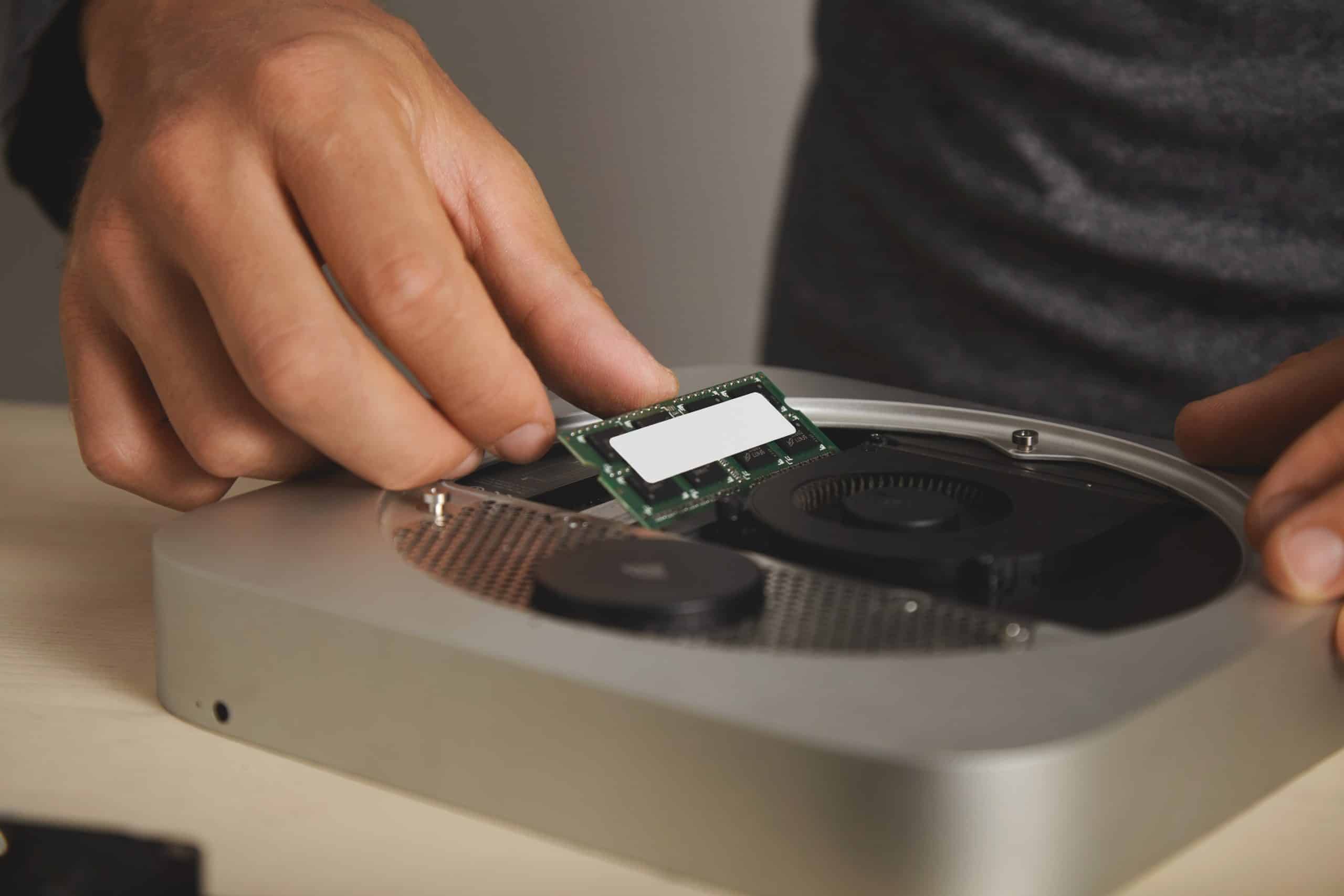When you notice a minor scratch on your car, it can be quite a shock. The pristine, gleaming paintwork has been marred, and it feels like a blemish on your precious vehicle. But don’t panic! There are ways to effectively repair minor scratches on your car, restoring its original appearance. This article will walk you through the best methods to remove those unsightly scratches and bring back your car’s flawless look.
Identifying the Severity of the Scratch
Before jumping into the repair process, it’s crucial to assess the severity of the scratch. Not all scratches are created equal; some can be buffed out with a simple wax, while others may need a more intensive treatment with a specialized compound.
A lire également : How to Choose the Right Car Amplifier for Your Audio System?
Start by running your fingers over the scratch. If the scratch is shallow and you can’t feel it, it’s likely in the clear coat. The clear coat is the top layer of your car’s paint, designed to protect the color coat underneath and give your car its shine. A scratch on this layer is relatively straightforward to repair.
However, if the scratch feels deep and visible, it may have penetrated further into the paint layers, which calls for a more involved repair process.
Cela peut vous intéresser : Can You Improve Your Car’s Interior Lighting for Better Ambiance?
Gathering the Necessary Tools
Armed with the knowledge of your scratch’s severity, gather the necessary tools. For light scratches, you’ll typically need a high-quality car wax, a microfiber cloth, and a bit of elbow grease.
For deeper scratches, you’ll need a few more tools. Essentials include a rubbing compound, primer, paint that matches your car’s color, clear coat, and a microfiber cloth. Remember, it’s always best to use a high-quality product to achieve the best results.
Repairing Light Scratches
Now, let’s get to the repair process. If your car only has a light scratch, you’re in luck. This type of scratch is simpler to fix as it only affects the clear coat.
First, clean the area around the scratch. Dirt and debris can cause further damage, so it’s crucial to start with a clean surface. Next, apply a generous amount of car wax to the area using the microfiber cloth. Rub the wax into the scratch using a circular motion, applying firm pressure. Repeat this process a few times until the scratch is less visible.
Finally, buff the area with a clean microfiber cloth until the wax has completely disappeared. The scratch should be much less noticeable, if not entirely gone.
Repairing Deeper Scratches
Deeper scratches require more attention. They might have gone through the clear coat and color coat, reaching the primer or even the metal beneath.
First, just like with light scratches, clean the surface. Once the area is clean and dry, apply a small amount of the rubbing compound to the microfiber cloth and rub it into the scratch. Be sure to follow the product’s instructions to achieve the best results.
After the compound has dried, clear the area of any residue. Now it’s time to apply the primer, but only if the scratch has reached the metal. Use a small brush or a toothpick for this.
Once the primer is dry, apply the paint. You may need several coats, allowing each one to dry before applying the next. After the final coat of paint is dry, apply the clear coat to seal and protect the new paint.
Finally, after the clear coat is dry, use car wax and the microfiber cloth to buff the surface. This step will blend the new paint with the surrounding area, making the scratch virtually invisible.
Maintaining Your Car’s Paint
Regular maintenance can prevent minor scratches and keep your car’s paint looking its best. A consistent routine of washing, waxing, and using a paint protection film can guard your car against scratches.
Also, be mindful of your driving and parking habits. Avoid parking in tight spots or close to objects that could potentially scratch your car, like trolleys or bushes. When driving, keep a safe distance between you and the vehicle in front to prevent stone chips from scratching your car.
In the end, minor scratches are an inevitable part of owning a car. But with the right knowledge and tools, you can easily repair them and maintain your car’s beautiful appearance.
Expert Tips for Scratch Removal Success
Successfully removing scratches from your car requires a bit of knowledge and skill. There are a few tips and tricks that can help ensure the process goes smoothly and effectively.
Firstly, always use a clean microfiber cloth when applying products or buffing out scratches. This type of cloth is soft enough to avoid causing further damage and is excellent for picking up dirt and absorbing products.
Secondly, when working on deep scratches, apply the rubbing compound, primer, paint, and clear coat in layers. Don’t apply all at once and don’t overdo it. Too much product could lead to a cakey finish or a color mismatch. The key is to be patient. Allow each layer to dry before moving on to the next to ensure the best results.
Another useful tip is to always work in a well-lit area. Good lighting is crucial for identifying all surface scratches and ensuring that you’ve thoroughly treated the scratched area.
Additionally, the time of day and weather can also affect the scratch repair process. Application of car paint is best done in mild weather conditions. Extreme temperatures, direct sunlight, or humidity can affect how the product dries and adheres to the surface.
Finally, never underestimate the power of regular auto detailing. Keeping your car clean is one of the easiest ways to prevent minor scratches from appearing or worsening. Dirt, grime, and debris that sit on the surface of your car can cause scratches and damage the clear coat. Regular washing helps remove these harmful substances, while waxing adds an extra layer of protection.
Conclusion: Preserve Your Car’s Shine
Minor scratches on your car can be a nuisance, but with the right knowledge, the right tools, and a bit of patience, you can remove them and restore your car’s pristine appearance.
Remember, identifying the severity of the scratch is the first crucial car step. Light scratches require less work and fewer products, while deeper scratches need a more involved process. However, with a clean microfiber cloth, quality products like a good car wax or rubbing compound, and careful application, both types of scratches can be effectively treated.
Regular maintenance is also crucial in preventing scratches. Regular washing, waxing, and good driving habits can keep your car’s paint looking fresh and gleaming.
In conclusion, scratches on your car are an inevitable part of car ownership, but they don’t have to be a permanent blemish. With these tips and insights, you can confidently tackle minor scratches, keeping your car looking its shiny best.






